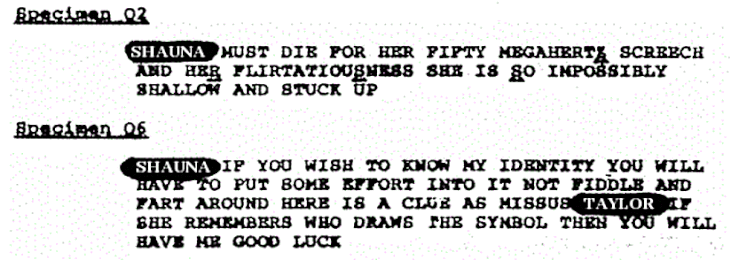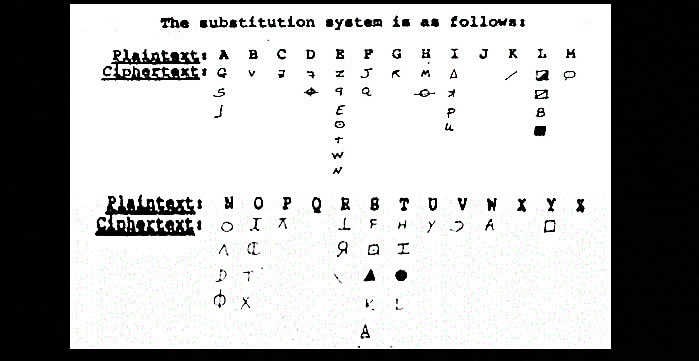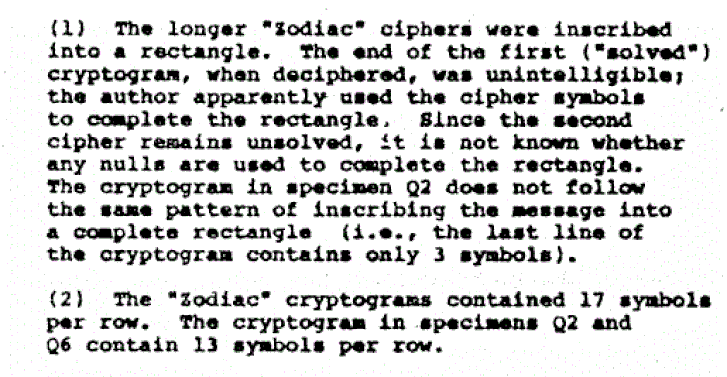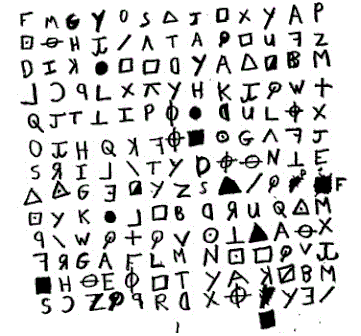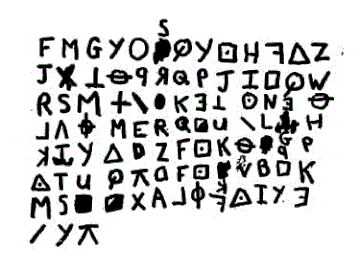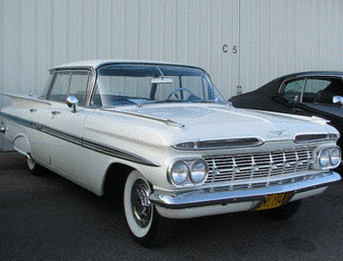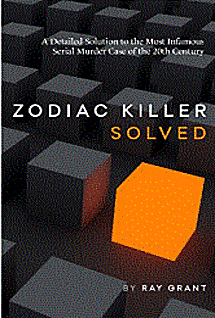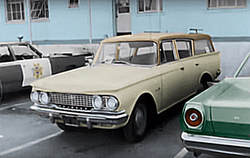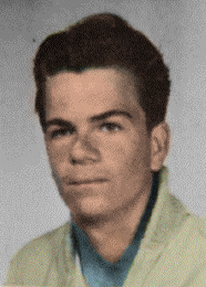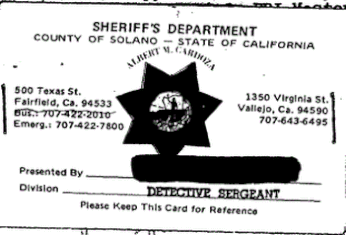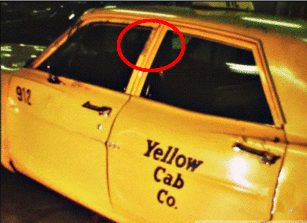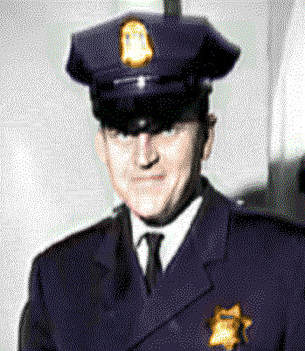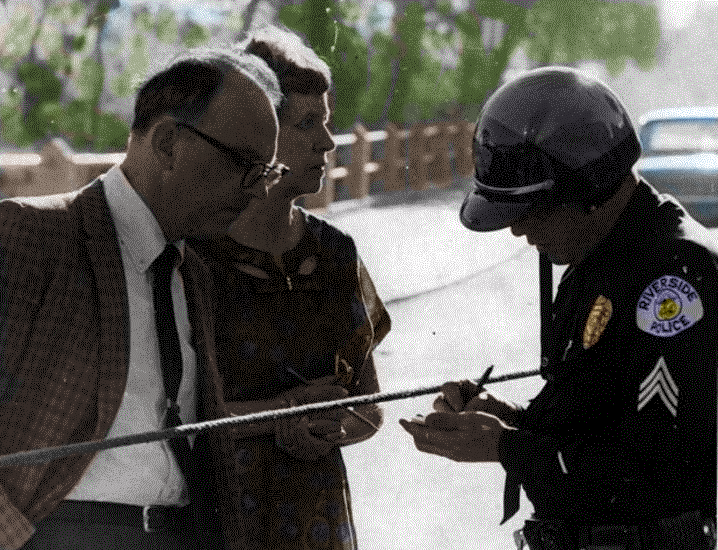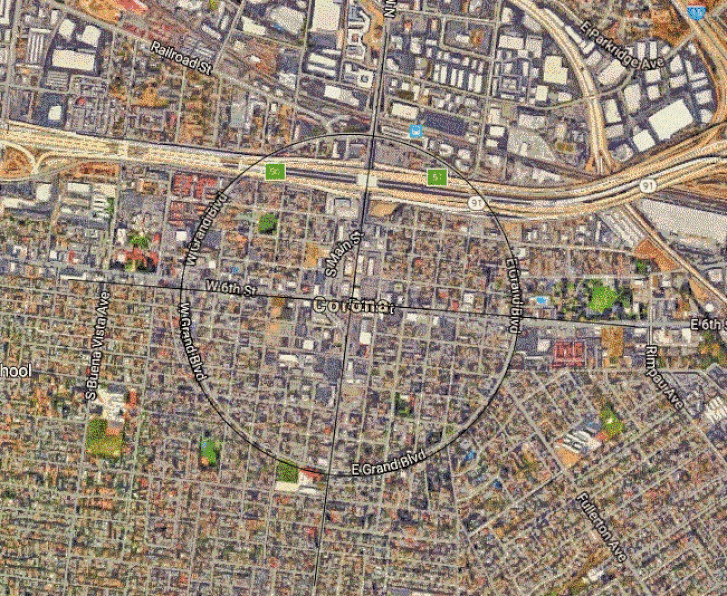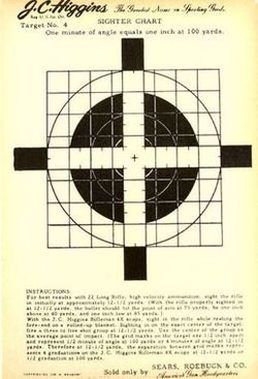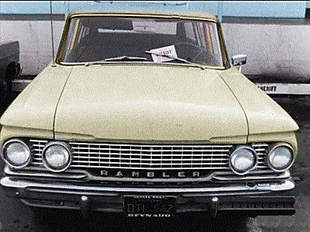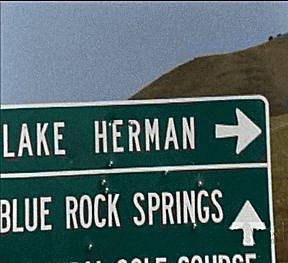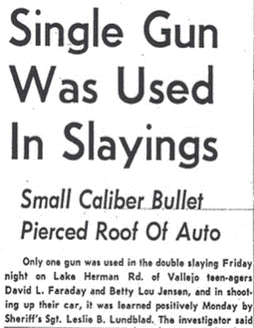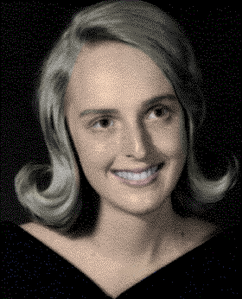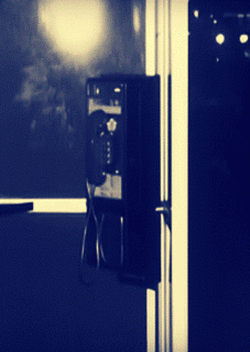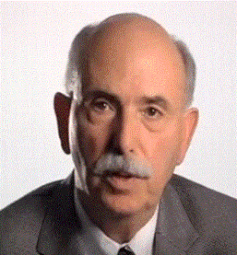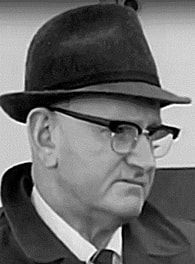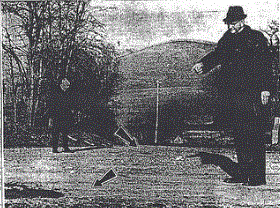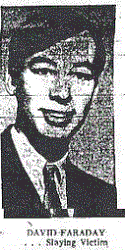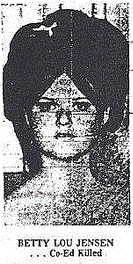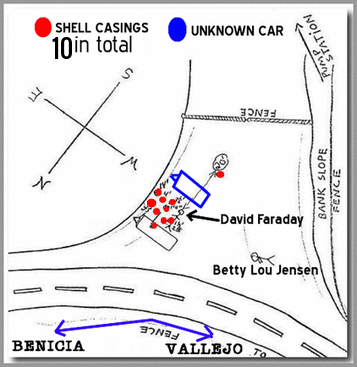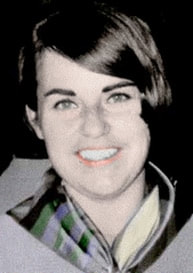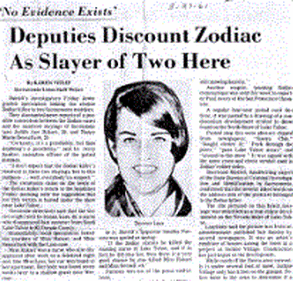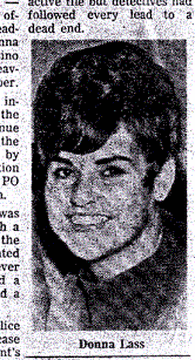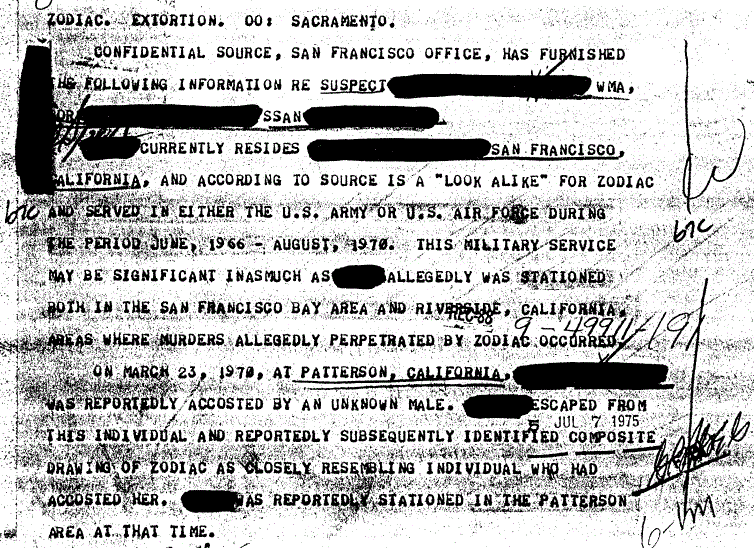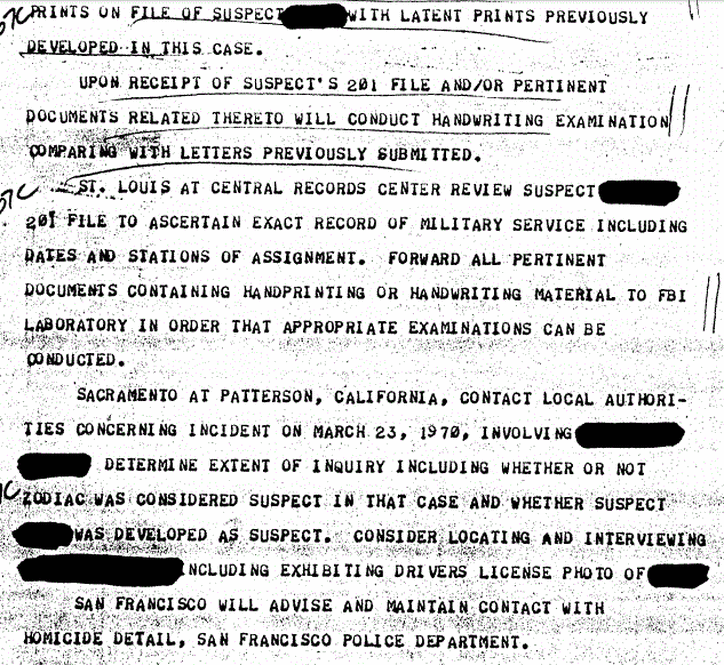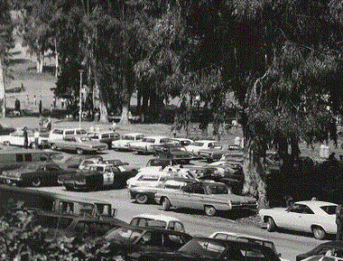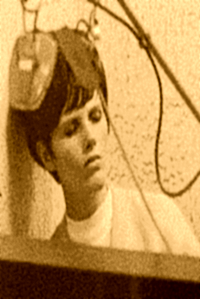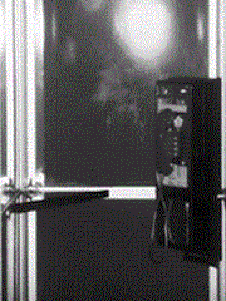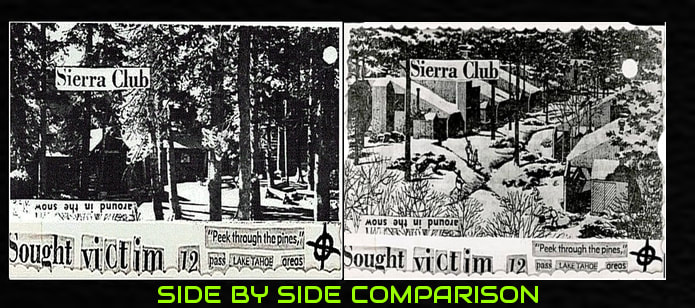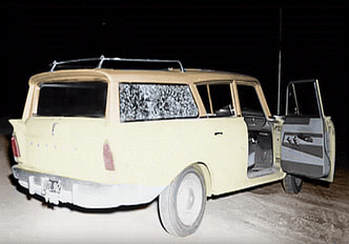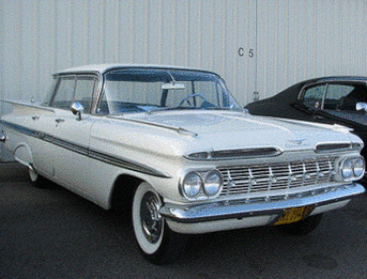Two letters were mailed from Stamford, Connecticut. One on April 13th 1988, followed by another on April 21st 1988. A cryptogram was contained in each, believed to be from the same author. The first letter contained six pages in total, laden with text. The date of April 13th 1988 is the seventeen year anniversary of the disappearance of Denise Kathleen Anderson (22), from Sacramento, California, who may have been the subject of a possible Zodiac correspondence, the 'Monticello' card, mailed on July 13th 1971. http://www.zodiacciphers.com/zodiac-news/in-the-woods-dies-april. Page three of the first 1988 letter began with the wording "Eat pepper-mint and puff it in your face". Page five began with "You the other night" Here is a section from the Mikado Act One Part 5a 'As Some Day it May Happen', performed by Ko-Ko: "And the people who eat peppermint and puff it in your face. They never would be missed — they never would be missed". The two pages that contained cryptograms used familiar Zodiac characters, 54 in total. Both cryptograms contained 13 characters per row, however one didn't form a complete rectangle, the last line consisting of only three characters.
94 CHARACTER CIPHER: (REDACTED) MUST DIE FOR HER FIFTY MEGAHERTZ SCREECH AND HER FLIRTATIOUSNESS. SHE IS SO IMPOSSIBLY SHALLOW AND STUCK UP.
Assuming the redacted section is a name, the deciphered text is reminiscent of the 'Confession' letter and 'Bates Had to Die' letters, mailed after the murder of Cheri Jo Bates in Riverside on October 30th 1966. This cipher has the three character line.
It contains 89 visible characters. Seven rows of 13 characters = 91. Adding the 3 characters over = 94. Therefore the redacted text it would seem, should contain 5 letters, although 'megahertz screech' is written as 'megahertscreech' by the author, to allow the redacted name to become 6 letters in length. The redacted name is SHAUNA. (see forum thread below).
169 CHARACTER CIPHER: (REDACTED) IF YOU WISH TO KNOW MY IDENTITY, YOU WILL HAVE TO PUT SOME EFFORT INTO IT, NOT FIDDLE AND FART AROUND. HERE IS A CLUE AS MISSUS (REDACTED) IF SHE REMEMBERS WHO DRAWS THE SYMBOL. THEN YOU WILL HAVE ME. GOOD LUCK.
This cipher draws from much of the known Zodiac correspondence, and has no incomplete lines.
It contains 154 visible characters. Thirteen rows of 13 characters = 169. Therefore the redacted text should be 15 letters in total.
However, the author again makes errors in the cipher composition and the redacted text is only 12 letters. The redacted text is SHAUNA and TAYLOR (see forum thread below).
We have a 263 character cipher in total (20 rows of 13 characters, and three over), from either Zodiac or a hoaxer.
The author began with Dear (redacted). "This is the Zodiac Speaking". One sheet of paper was the brand 'Conqueror' from the Sloan Paper Company, Doraville, Georgia. Four sheets of paper bore the watermark of Sheaffer Eaton, Pittsfield, Massachusetts. The remaining sheet contained no watermark.
http://www.zodiacciphers.com/uploads/4/9/7/1/4971630/zodiac5 Page 5 onwards.
94 CHARACTER CIPHER: (REDACTED) MUST DIE FOR HER FIFTY MEGAHERTZ SCREECH AND HER FLIRTATIOUSNESS. SHE IS SO IMPOSSIBLY SHALLOW AND STUCK UP.
Assuming the redacted section is a name, the deciphered text is reminiscent of the 'Confession' letter and 'Bates Had to Die' letters, mailed after the murder of Cheri Jo Bates in Riverside on October 30th 1966. This cipher has the three character line.
It contains 89 visible characters. Seven rows of 13 characters = 91. Adding the 3 characters over = 94. Therefore the redacted text it would seem, should contain 5 letters, although 'megahertz screech' is written as 'megahertscreech' by the author, to allow the redacted name to become 6 letters in length. The redacted name is SHAUNA. (see forum thread below).
169 CHARACTER CIPHER: (REDACTED) IF YOU WISH TO KNOW MY IDENTITY, YOU WILL HAVE TO PUT SOME EFFORT INTO IT, NOT FIDDLE AND FART AROUND. HERE IS A CLUE AS MISSUS (REDACTED) IF SHE REMEMBERS WHO DRAWS THE SYMBOL. THEN YOU WILL HAVE ME. GOOD LUCK.
This cipher draws from much of the known Zodiac correspondence, and has no incomplete lines.
It contains 154 visible characters. Thirteen rows of 13 characters = 169. Therefore the redacted text should be 15 letters in total.
However, the author again makes errors in the cipher composition and the redacted text is only 12 letters. The redacted text is SHAUNA and TAYLOR (see forum thread below).
We have a 263 character cipher in total (20 rows of 13 characters, and three over), from either Zodiac or a hoaxer.
The author began with Dear (redacted). "This is the Zodiac Speaking". One sheet of paper was the brand 'Conqueror' from the Sloan Paper Company, Doraville, Georgia. Four sheets of paper bore the watermark of Sheaffer Eaton, Pittsfield, Massachusetts. The remaining sheet contained no watermark.
http://www.zodiacciphers.com/uploads/4/9/7/1/4971630/zodiac5 Page 5 onwards.
Cryptogram images below courtesy of Zodiac Killer Site Forum.
To view the six pages of text and the forum thread visit http://zodiackillersite.com/viewtopic.php?f=78&t=2326
To view the six pages of text and the forum thread visit http://zodiackillersite.com/viewtopic.php?f=78&t=2326
